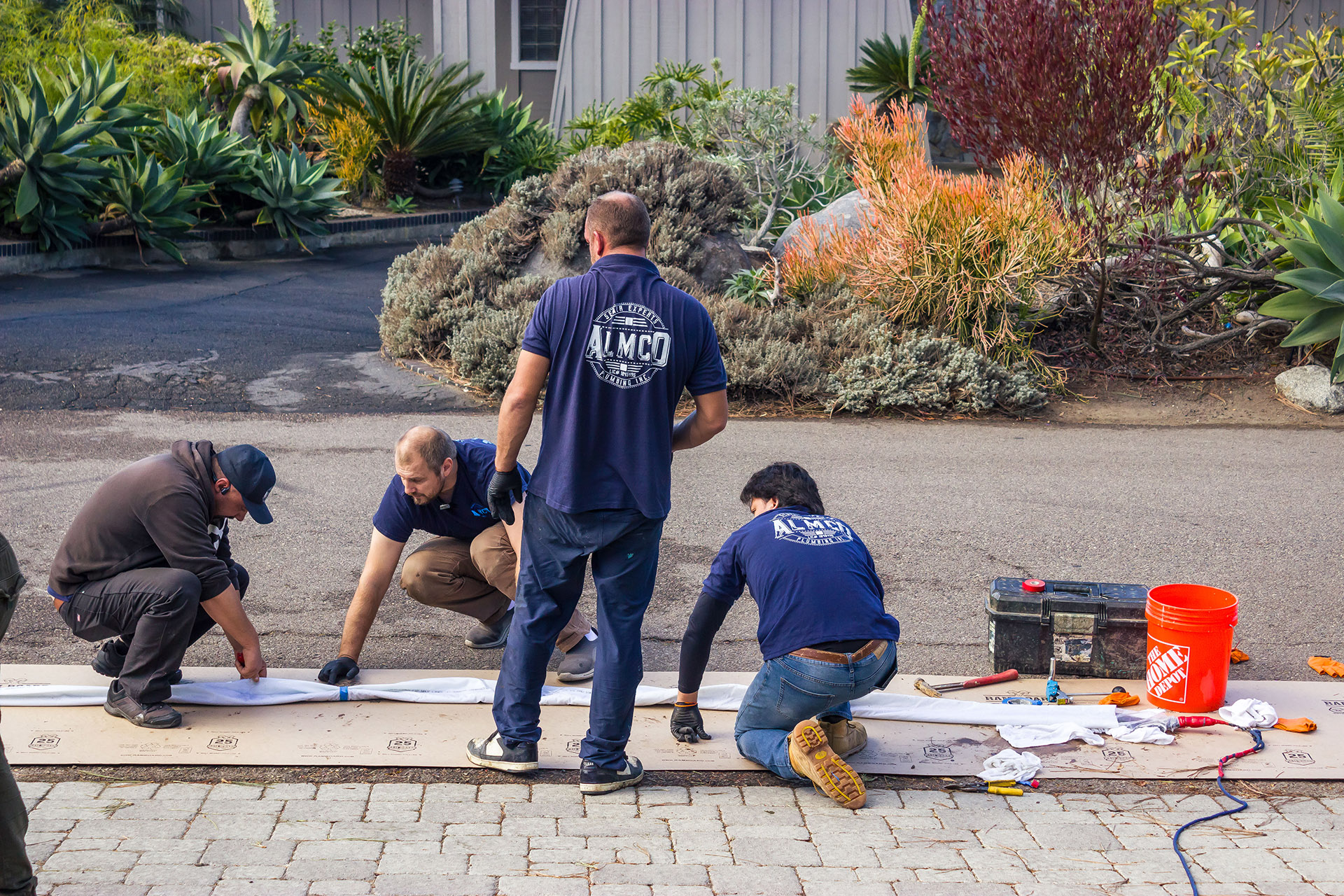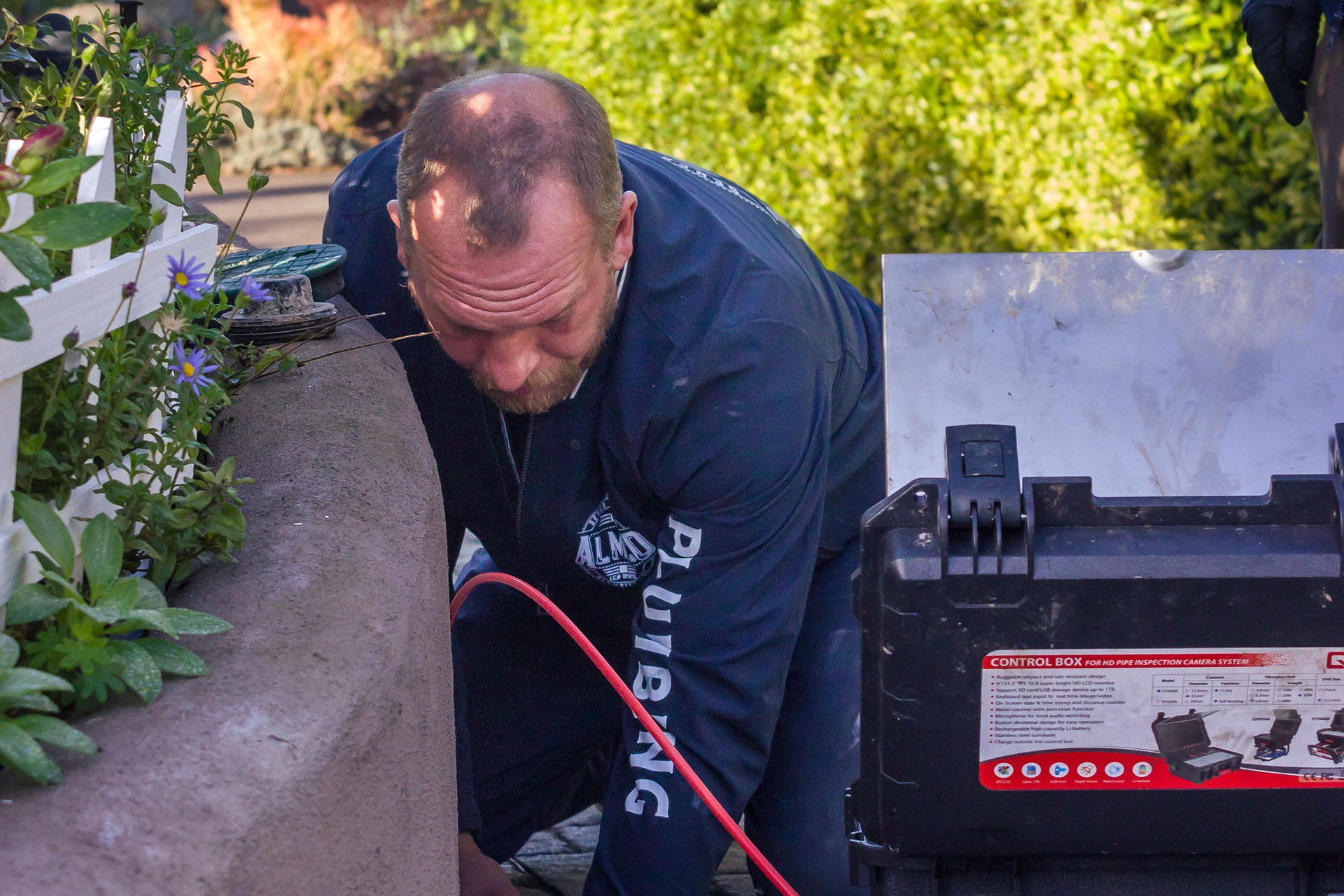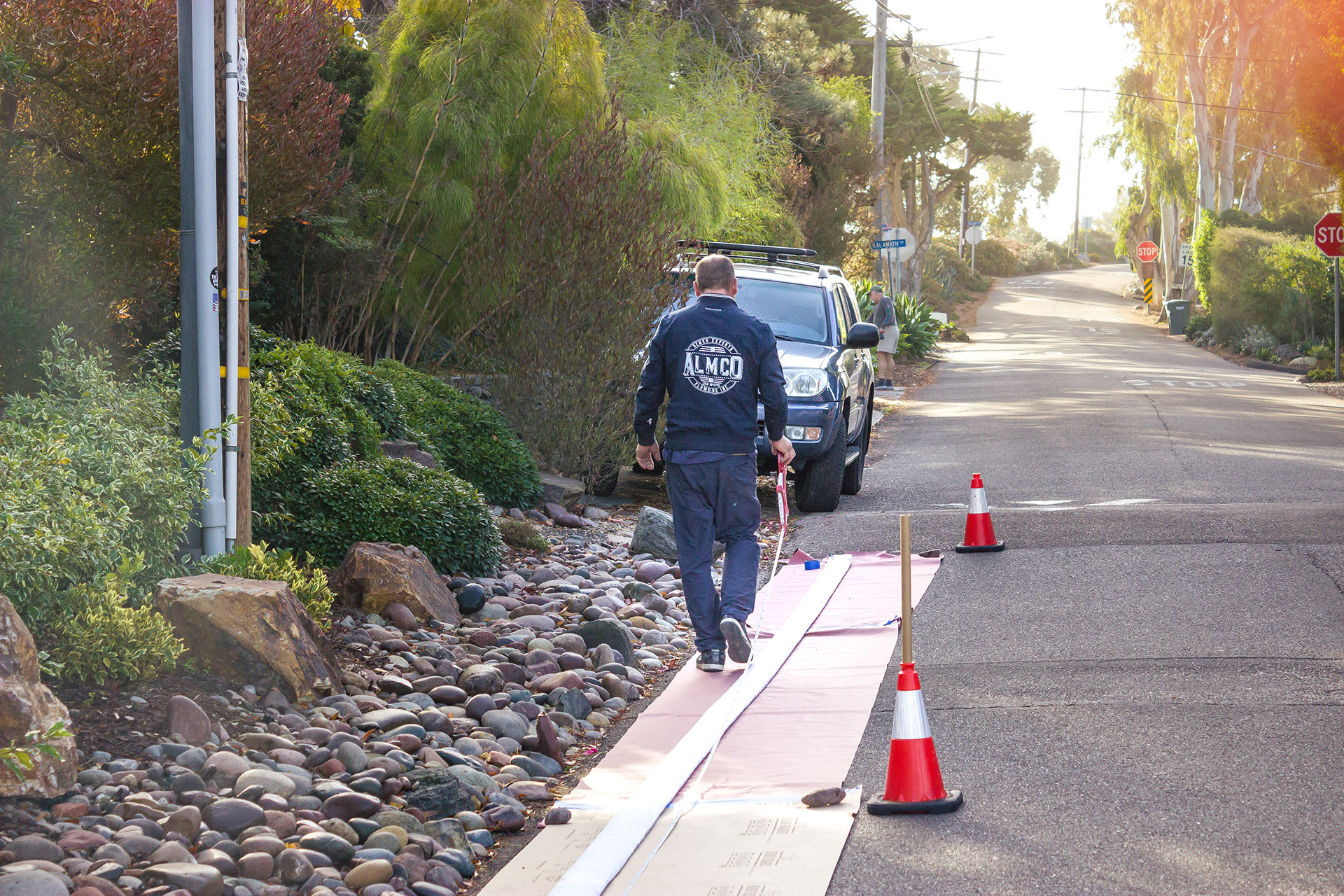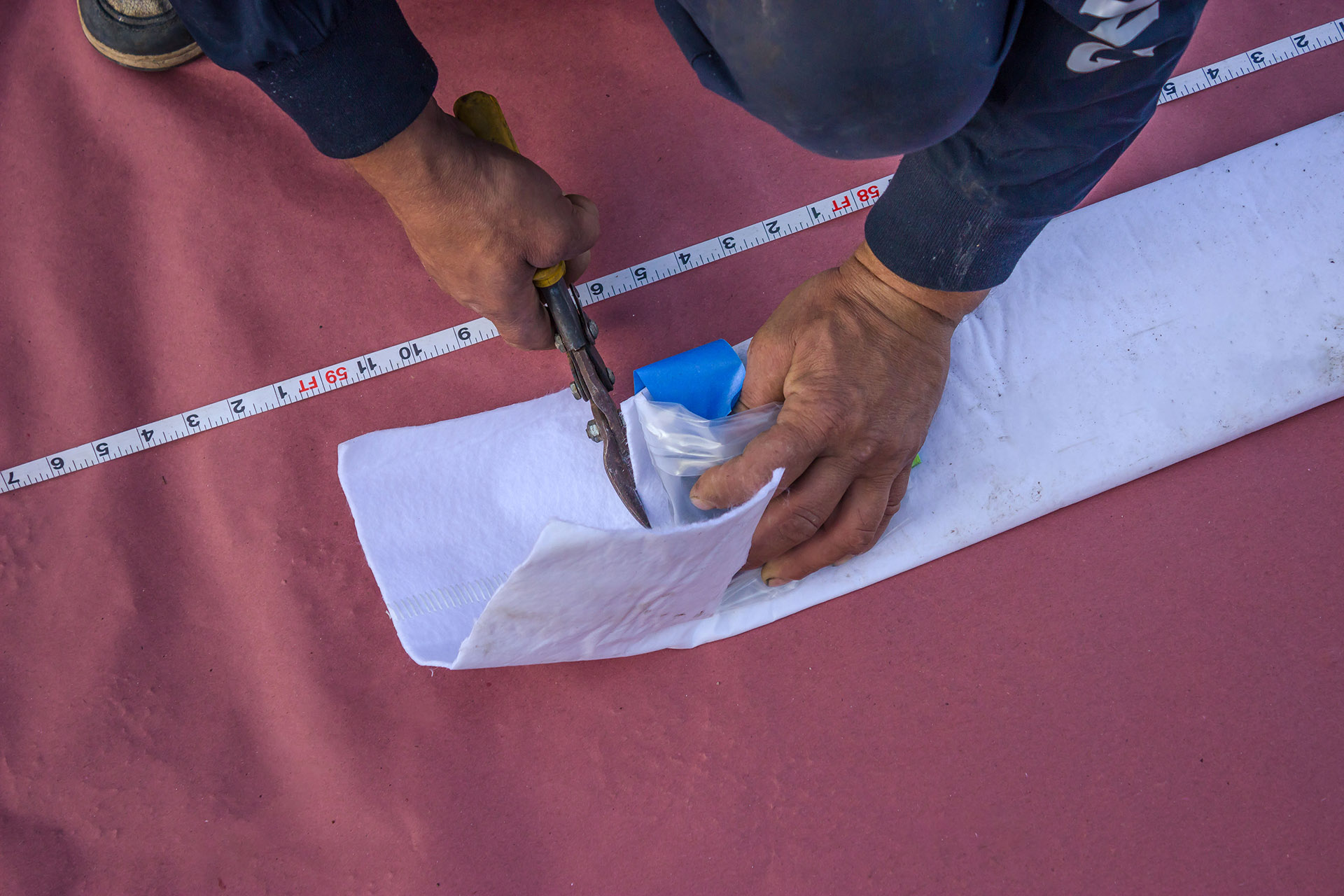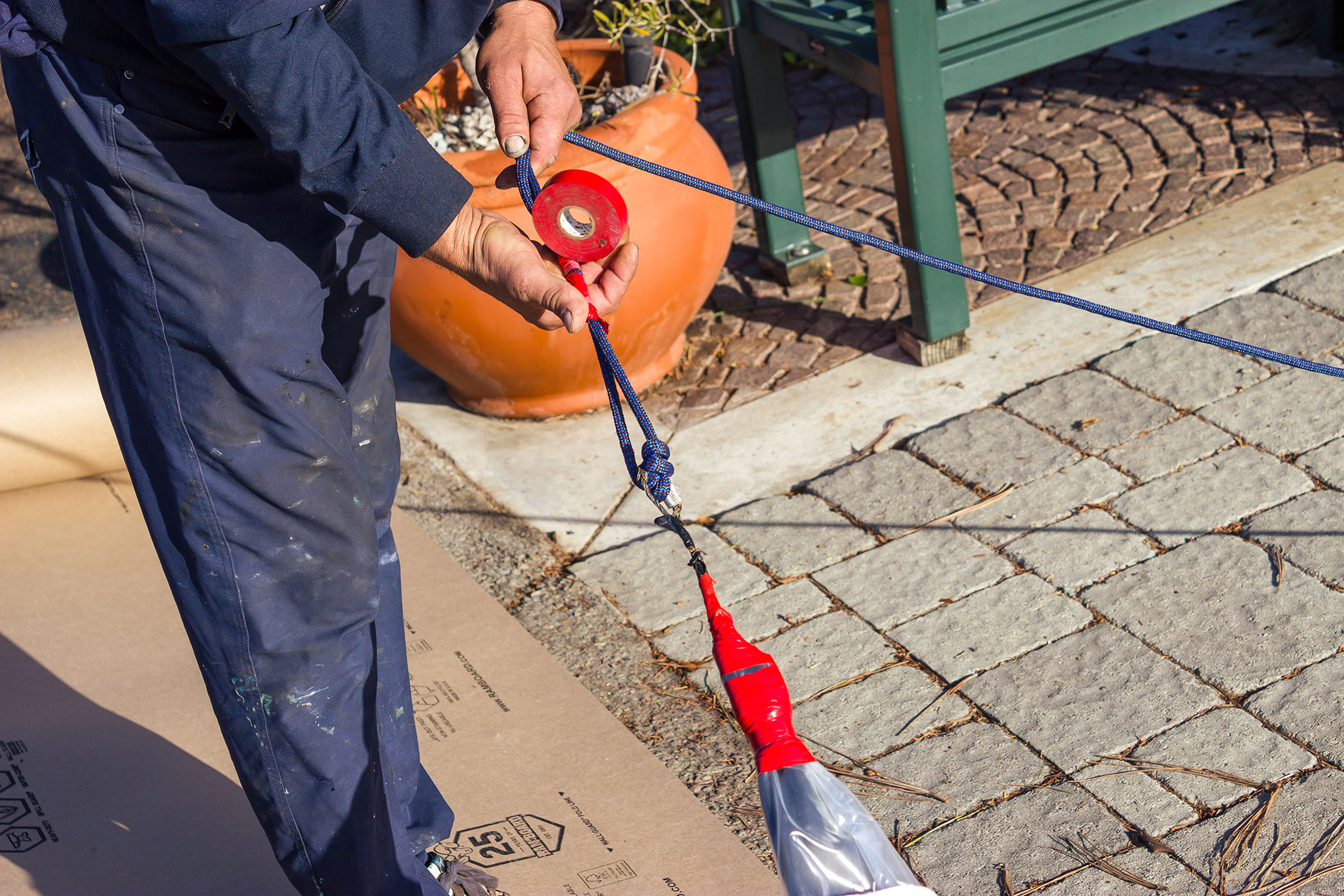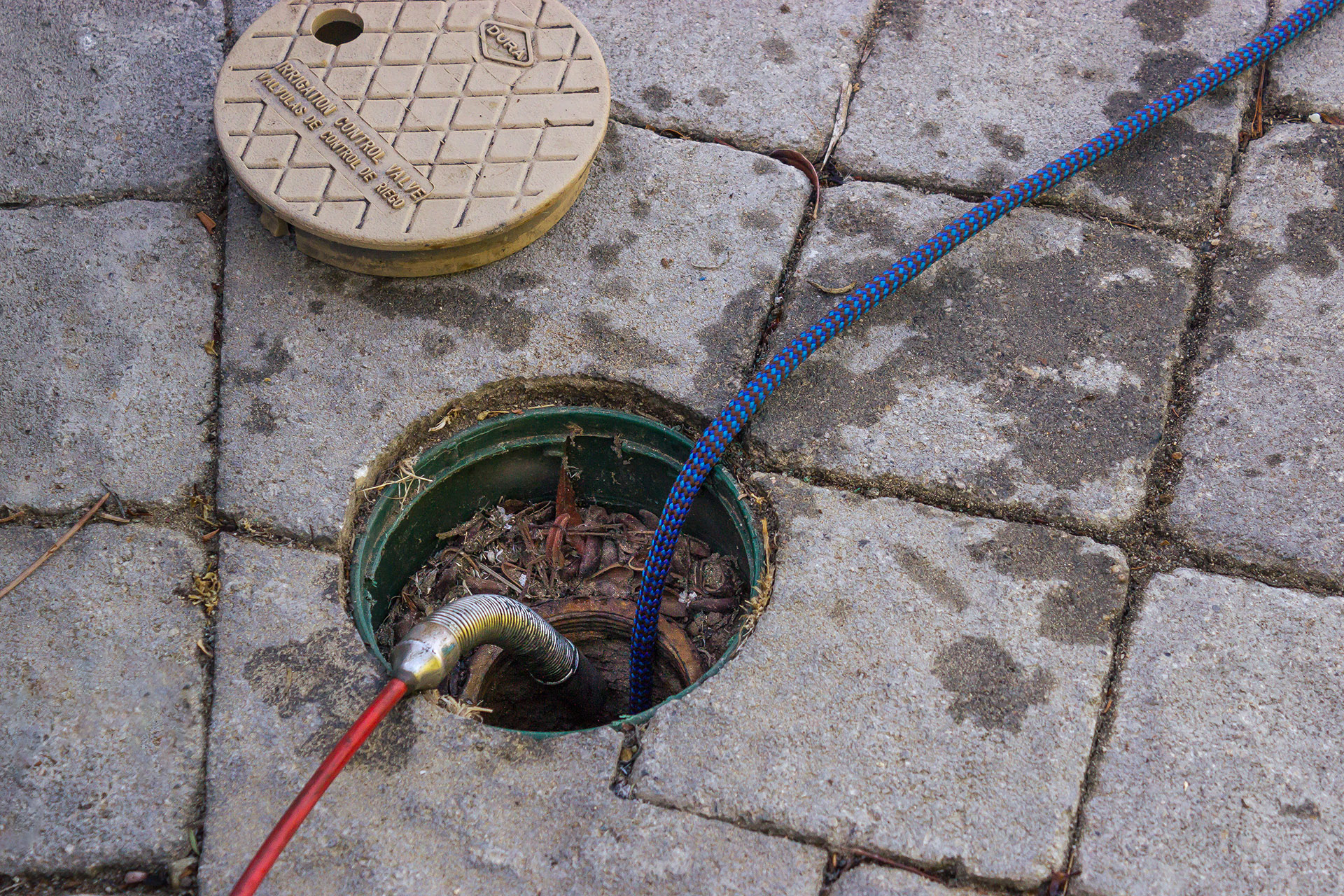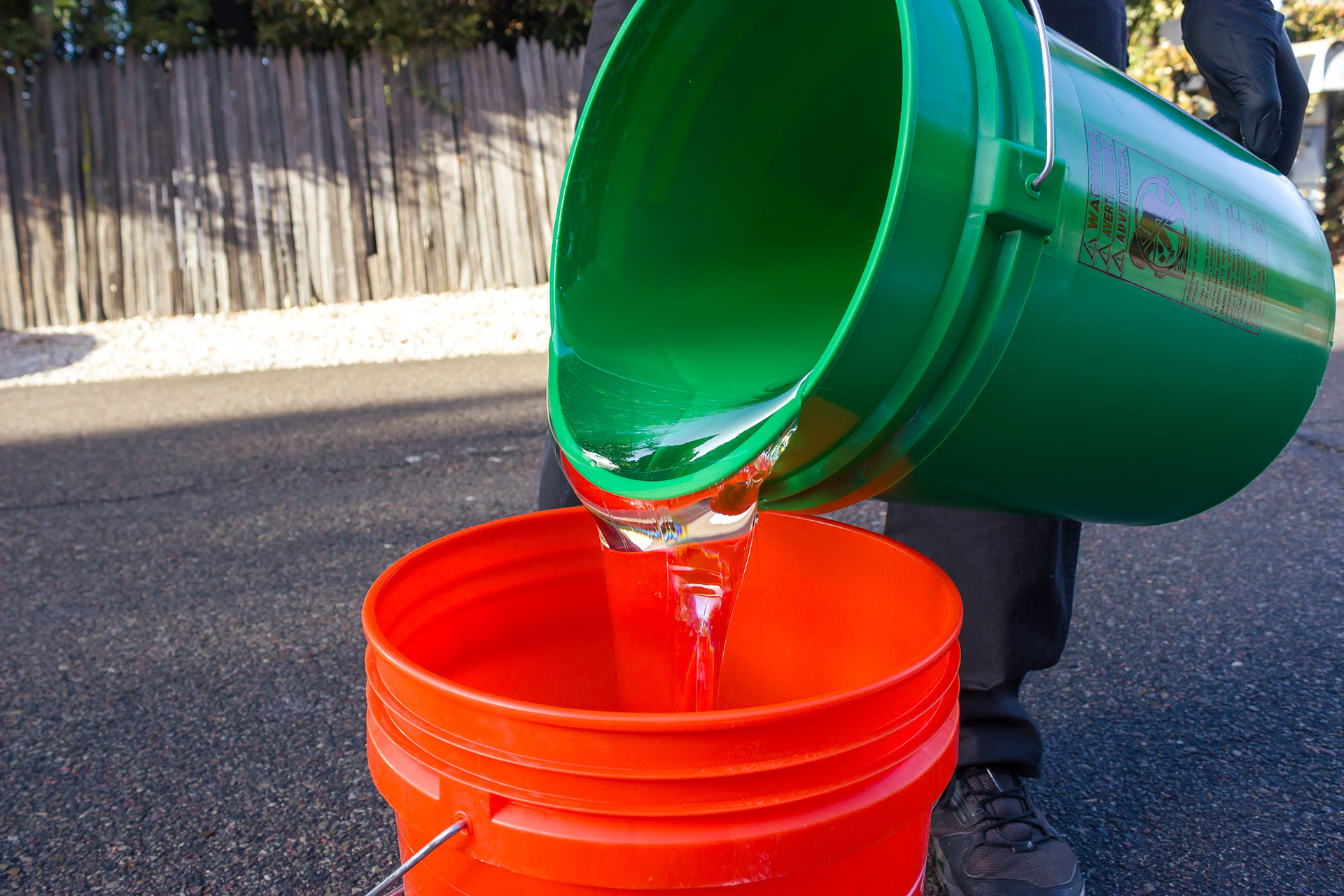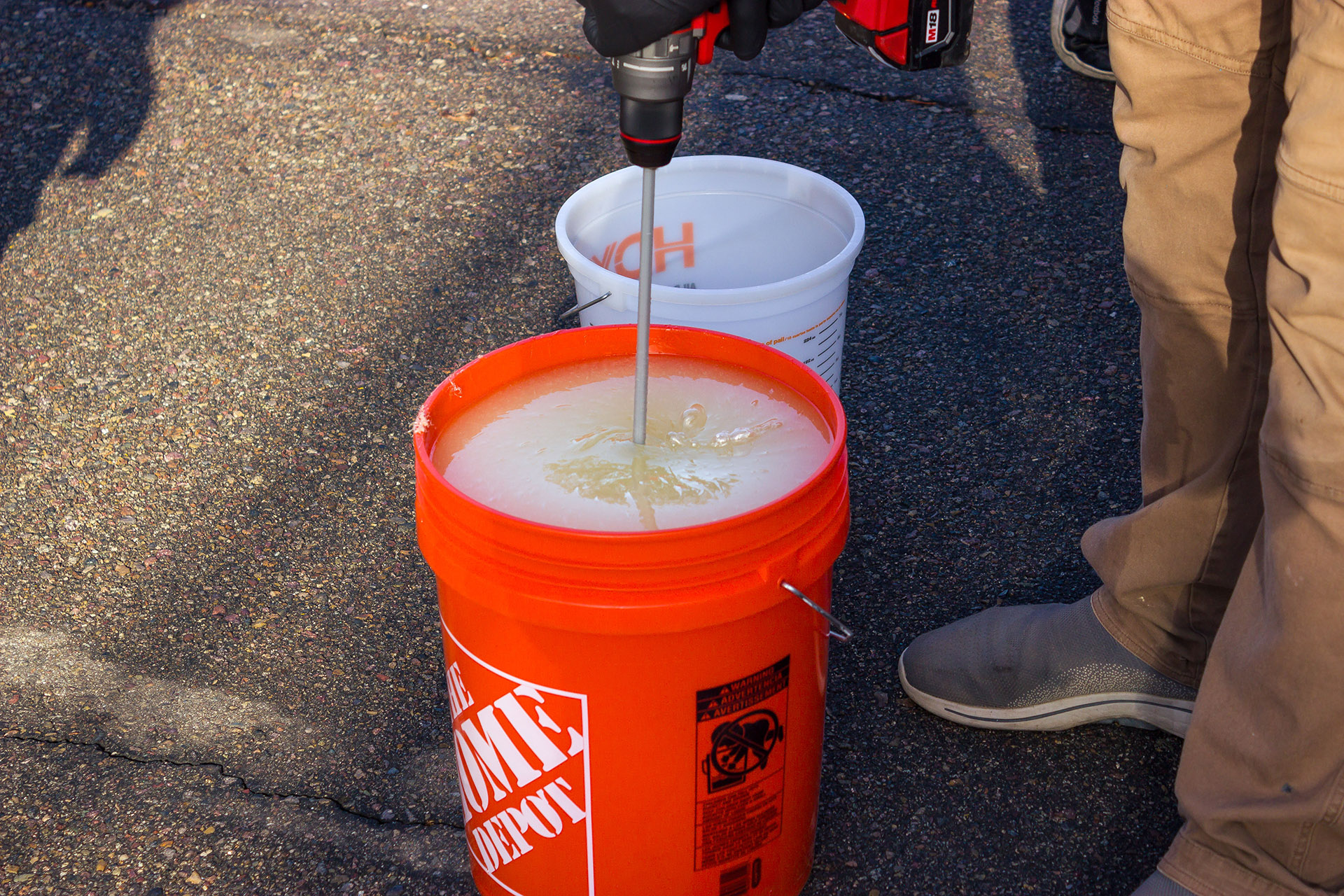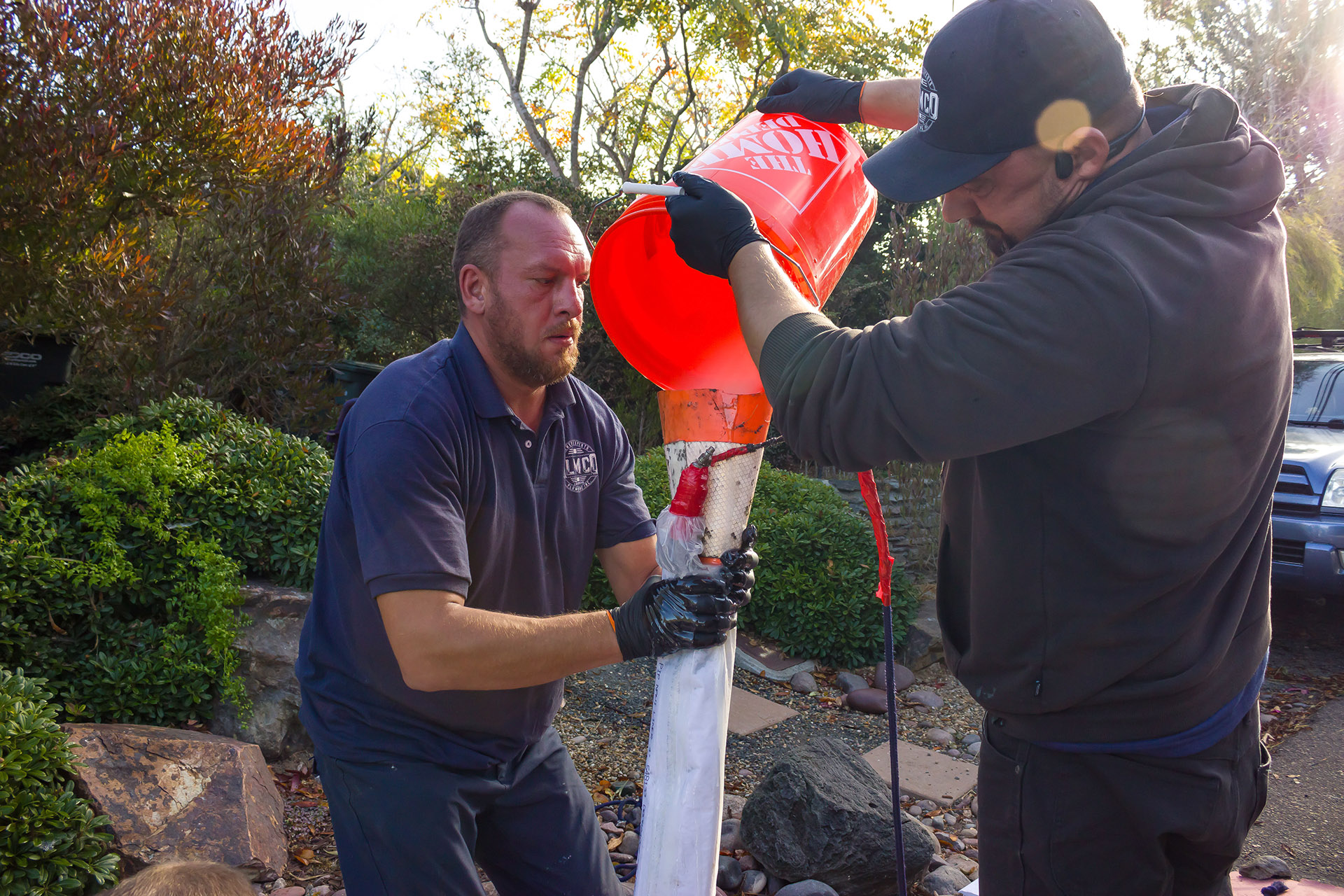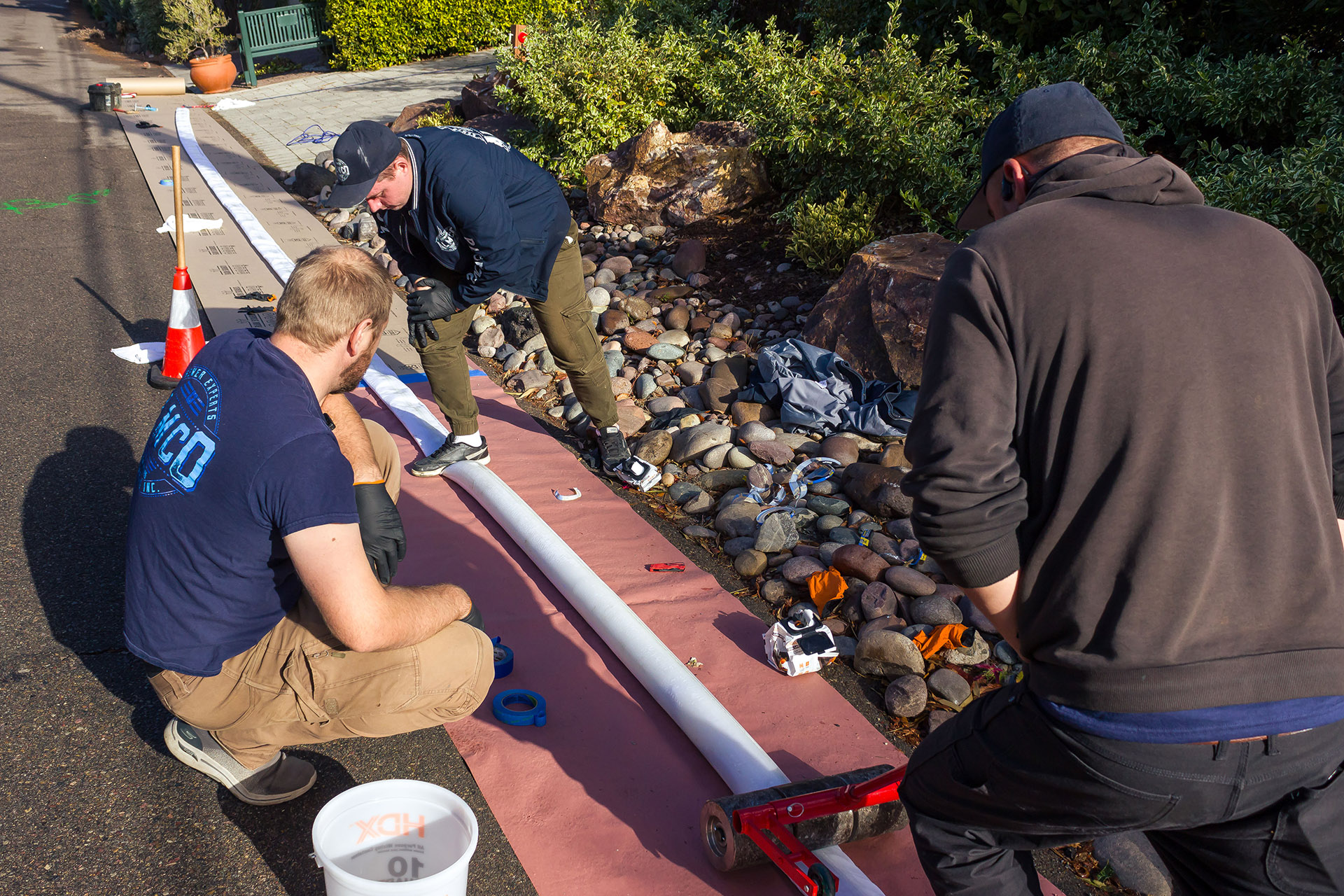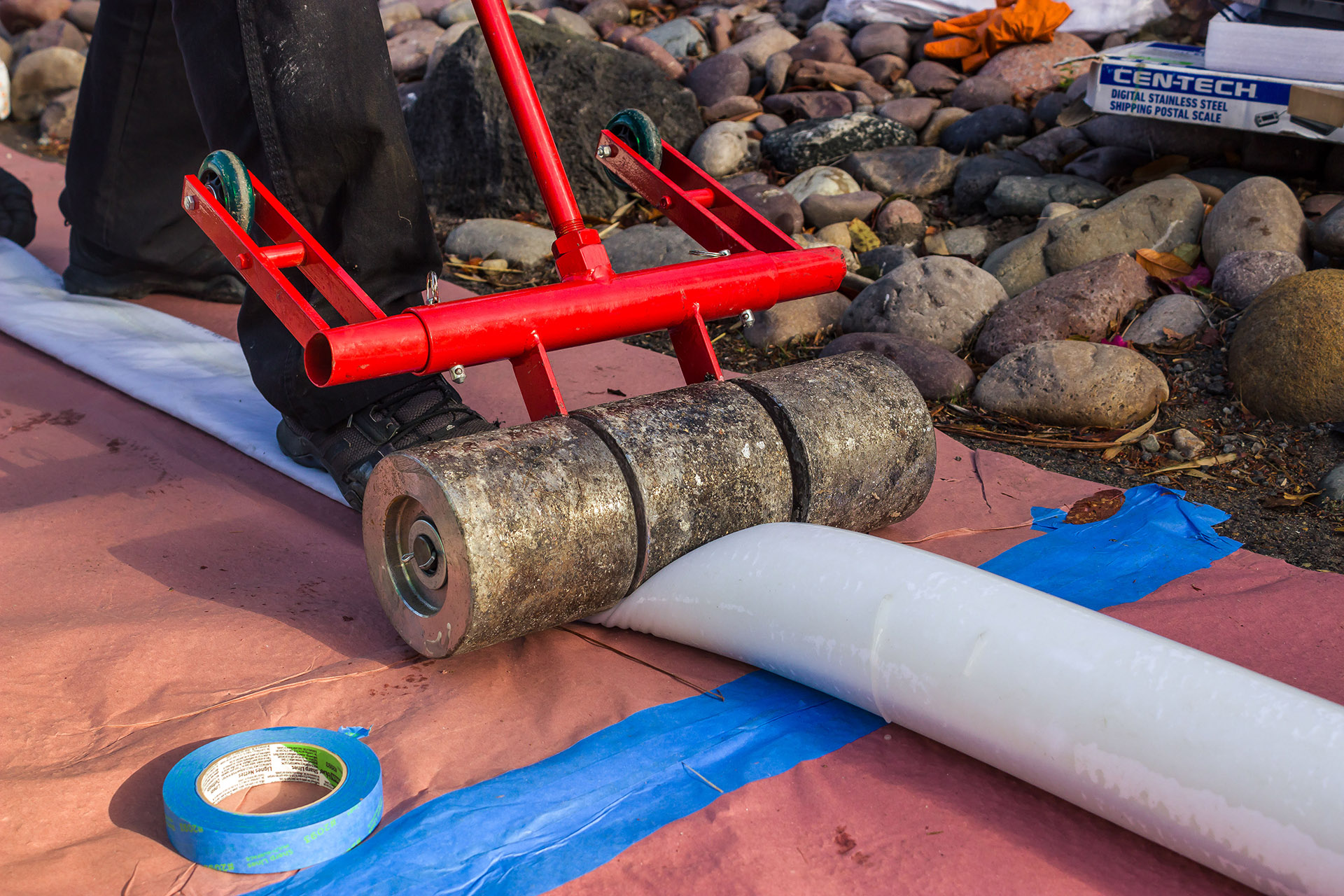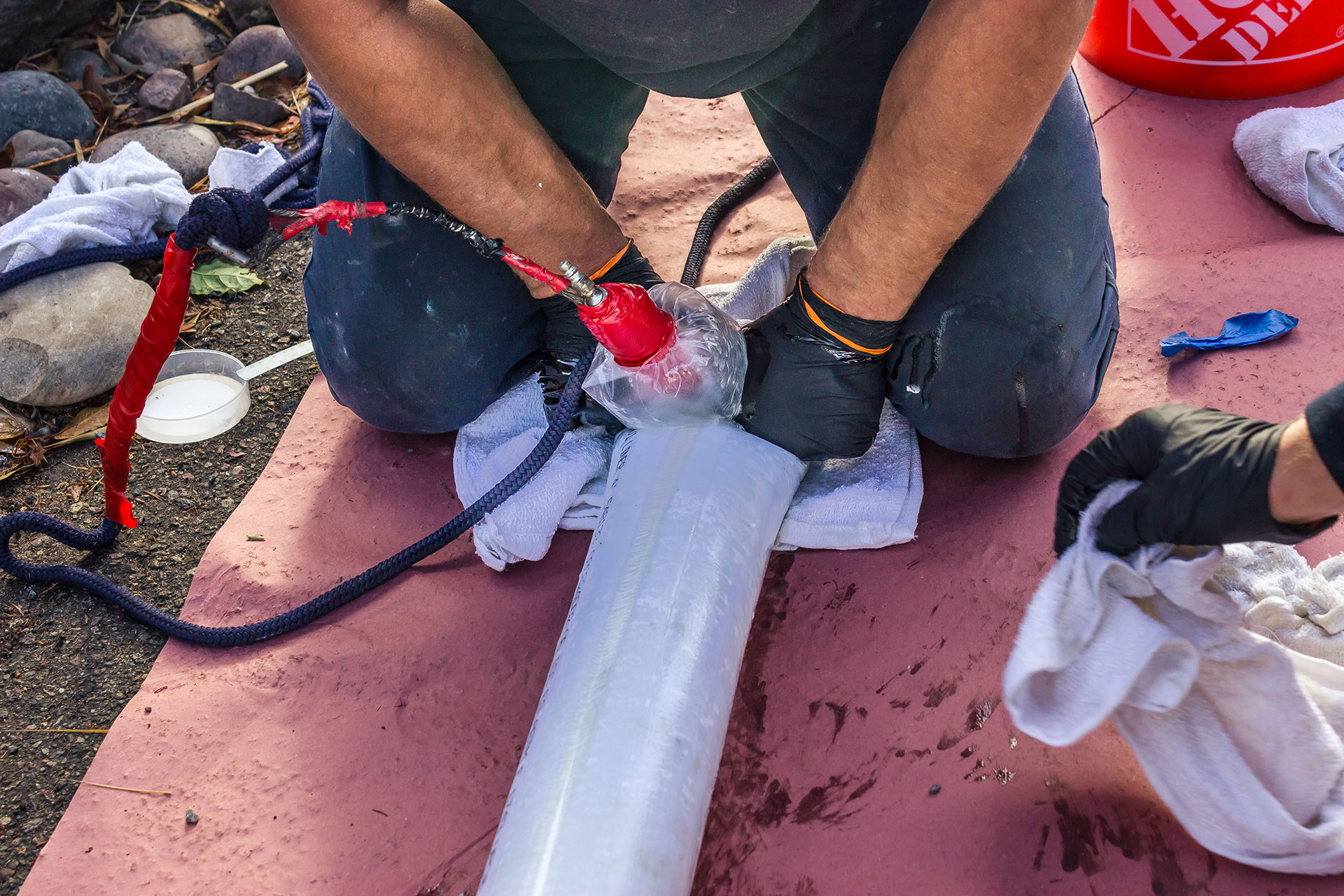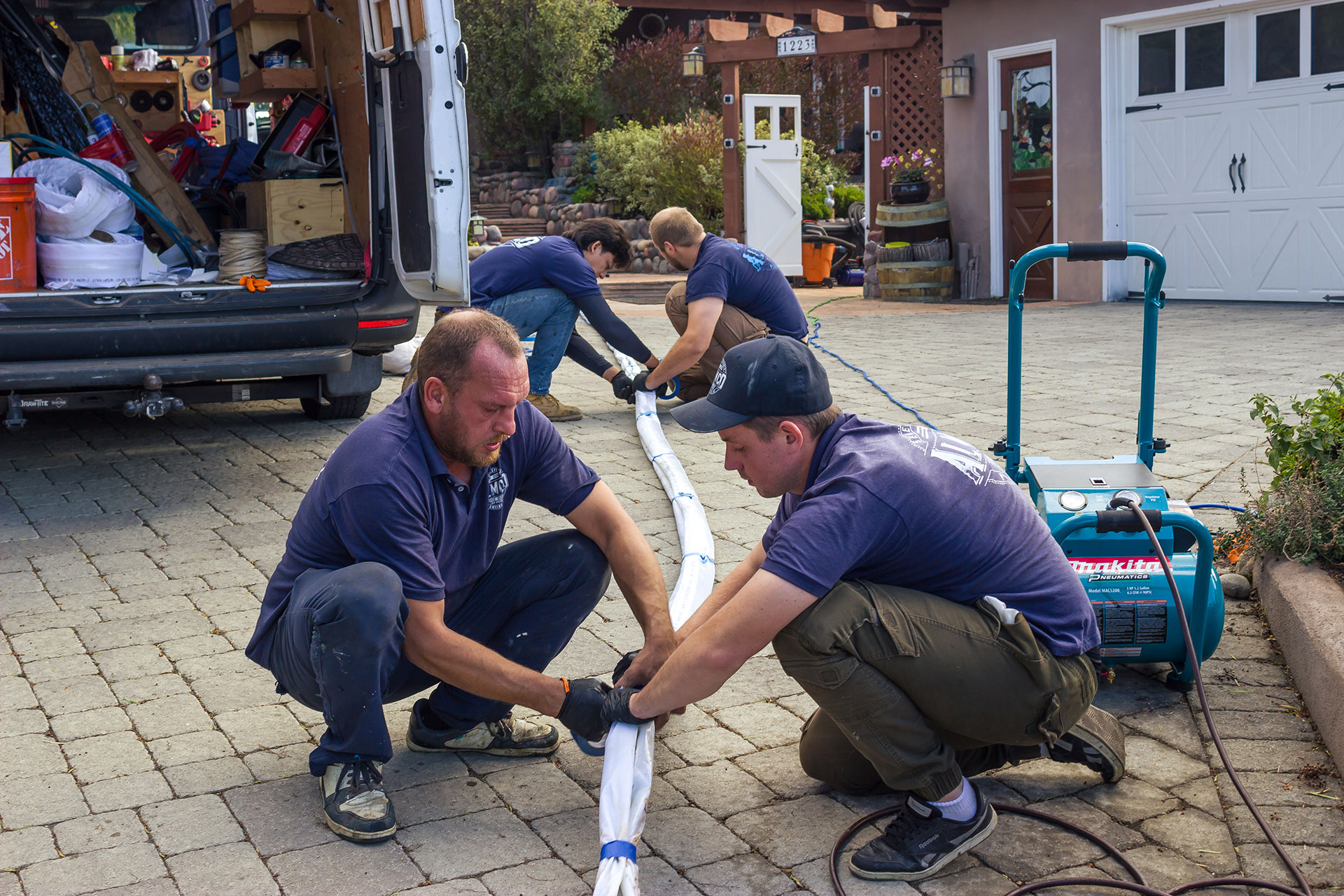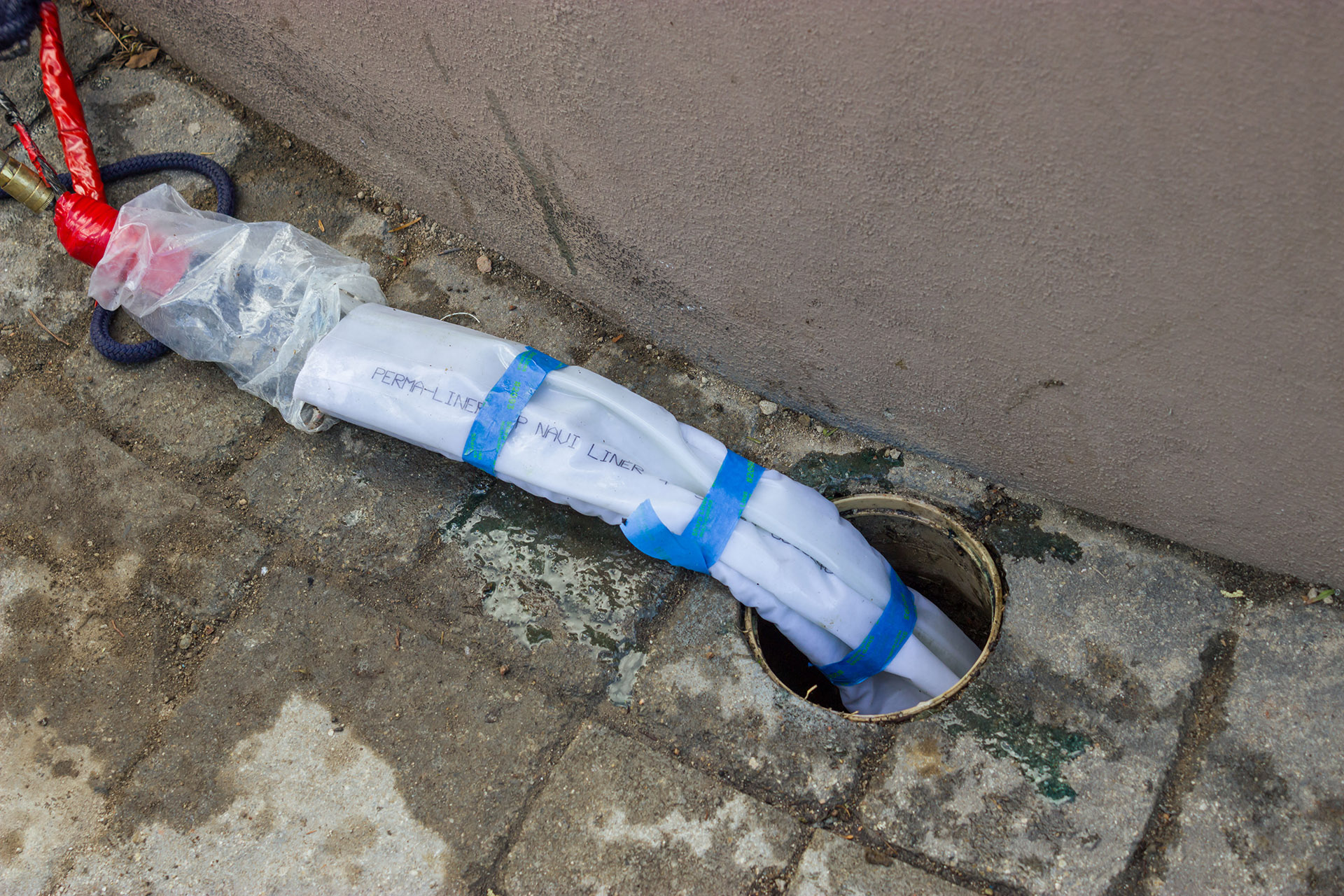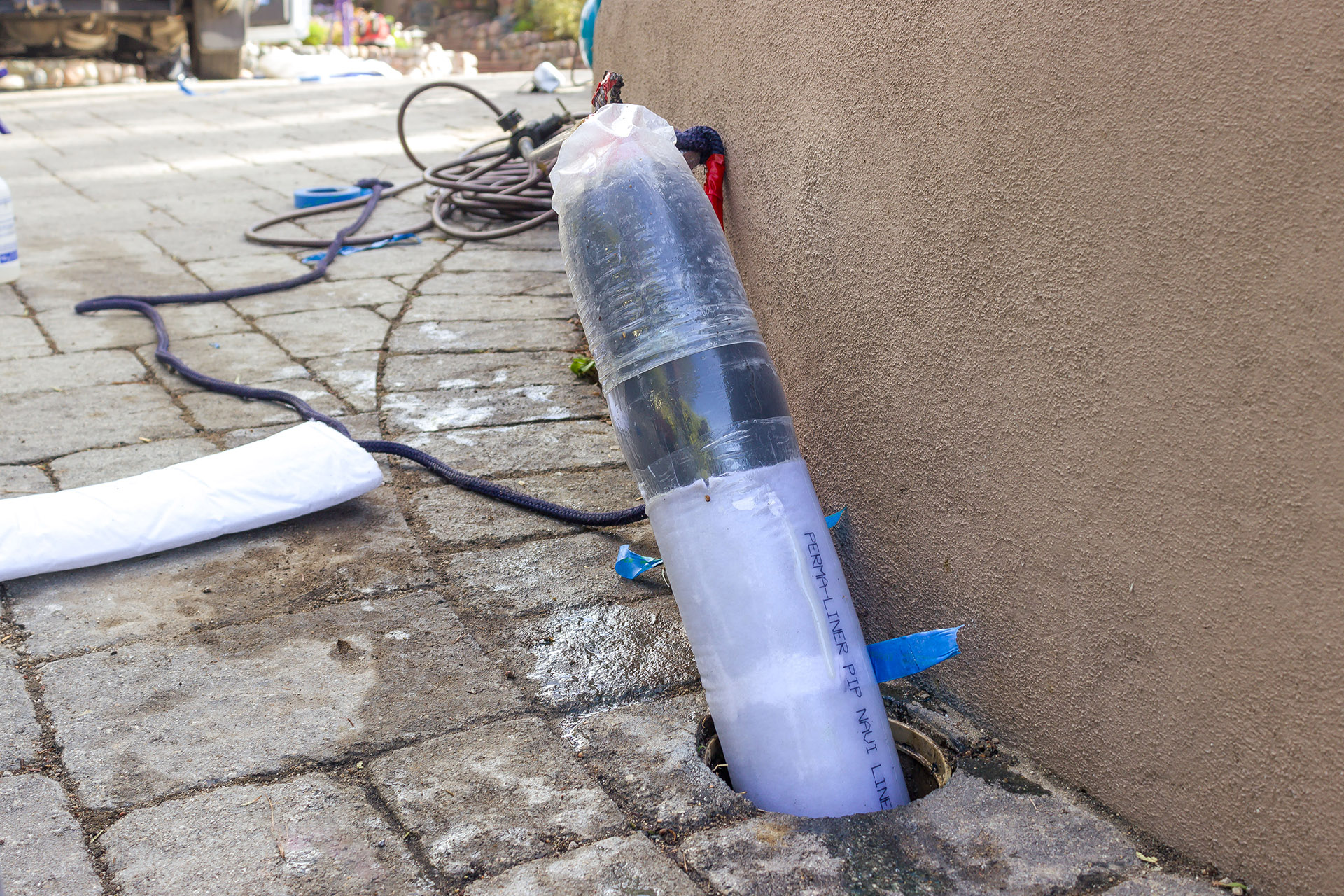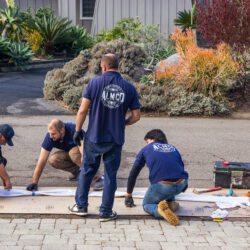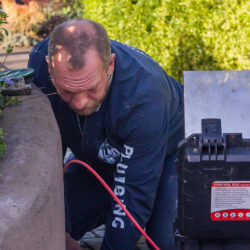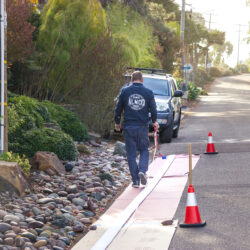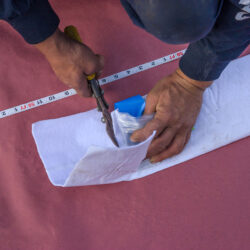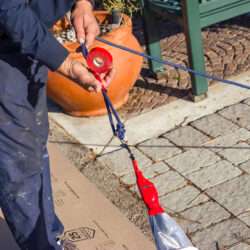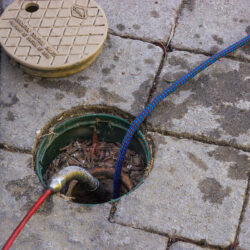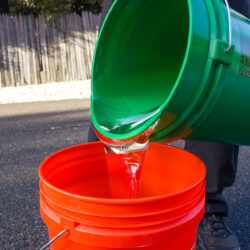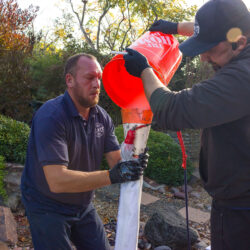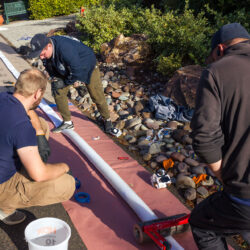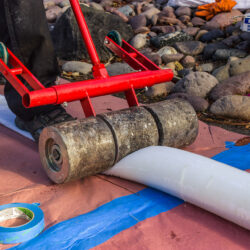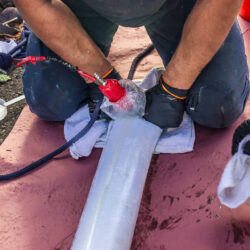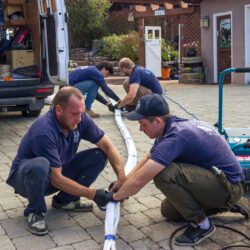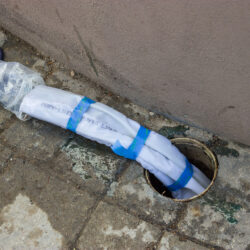CIPP pull-in-place technology is an innovative trenchless method of repairing damaged pipes that provides a precise and efficient repair without disruptive excavation. Unlike traditional methods that require complete pipe replacement and excavation, CIPP Pull-in-Place renews pipes from the inside out, creating a durable, seamless lining that prevents leaks and corrosion.
Almco Plumbing offers customized CIPP pull-in-place services to address issues such as cracks, misaligned joints, and hard-to-reach areas. Read on to learn how this technology can solve your plumbing challenges quickly and efficiently.
Contents
What is CIPP Pull-in-Place Technology?
Cured-In-Place Pipe (CIPP) Pull-In-Place technology is a trenchless method for repairing damaged or partially deteriorated sewer and drain pipes without the need for extensive excavation. Unlike the inversion method, which relies on air or water pressure to install a liner, the pull-in-place process involves physically pulling a resin-saturated liner into position within the damaged pipe.
The liner is custom fabricated to the specific dimensions of the existing pipe. Once in place, it is cured with heat or ultraviolet (UV) light to form a new, seamless pipe inside the old one. This new lining is strong, durable, and resistant to corrosion, effectively restoring the pipe’s structural integrity and preventing future leaks or failures.
Pull-in-place technology is particularly effective for spot repairs or sections of pipe that are difficult to access due to bends, offsets, etc. It is also suitable for longer repairs, making it a versatile solution for many sewer and drain problems.
Overall, CIPP Pull-in-Place offers an efficient, cost-effective alternative to traditional pipe replacement that preserves landscaping, driveways, and property with minimal trenching.
When Do You Need to Use CIPP Pull-in-Place?
CIPP pull-in-place technology addresses a variety of pipe repair problems. Here are some situations where it is most commonly used:
- Localized Pipe Damage. This method is very practical for repairing cracks, holes, or isolated leaks in specific sections of a pipe without having to replace the entire system.
- Hard-to-Reach Pipes. For pipelines located under buildings, driveways, or landscaped areas, this trenchless method provides a non-invasive, effective solution.
- Non-Circular Pipe Shapes. This technology can adapt to irregular pipe shapes, making it suitable for a variety of configurations.
- Aging Pipe Systems. Aging pipes, especially those made of clay, cast iron, or Orangeburg, benefit from added durability with this lining method.
While CIPP Pull-in-Place is effective in many situations, it may not be suitable for severely collapsed pipes or sections with significant structural damage. In these cases, Almco Plumbing will recommend other repair options to ensure the best outcome for your property.
CIPP Pull-in-Place Process Step-by-Step
The CIPP pull-in-place process involves several phases that ensure a durable, quality pipe repair. Here’s a step-by-step description of the process.
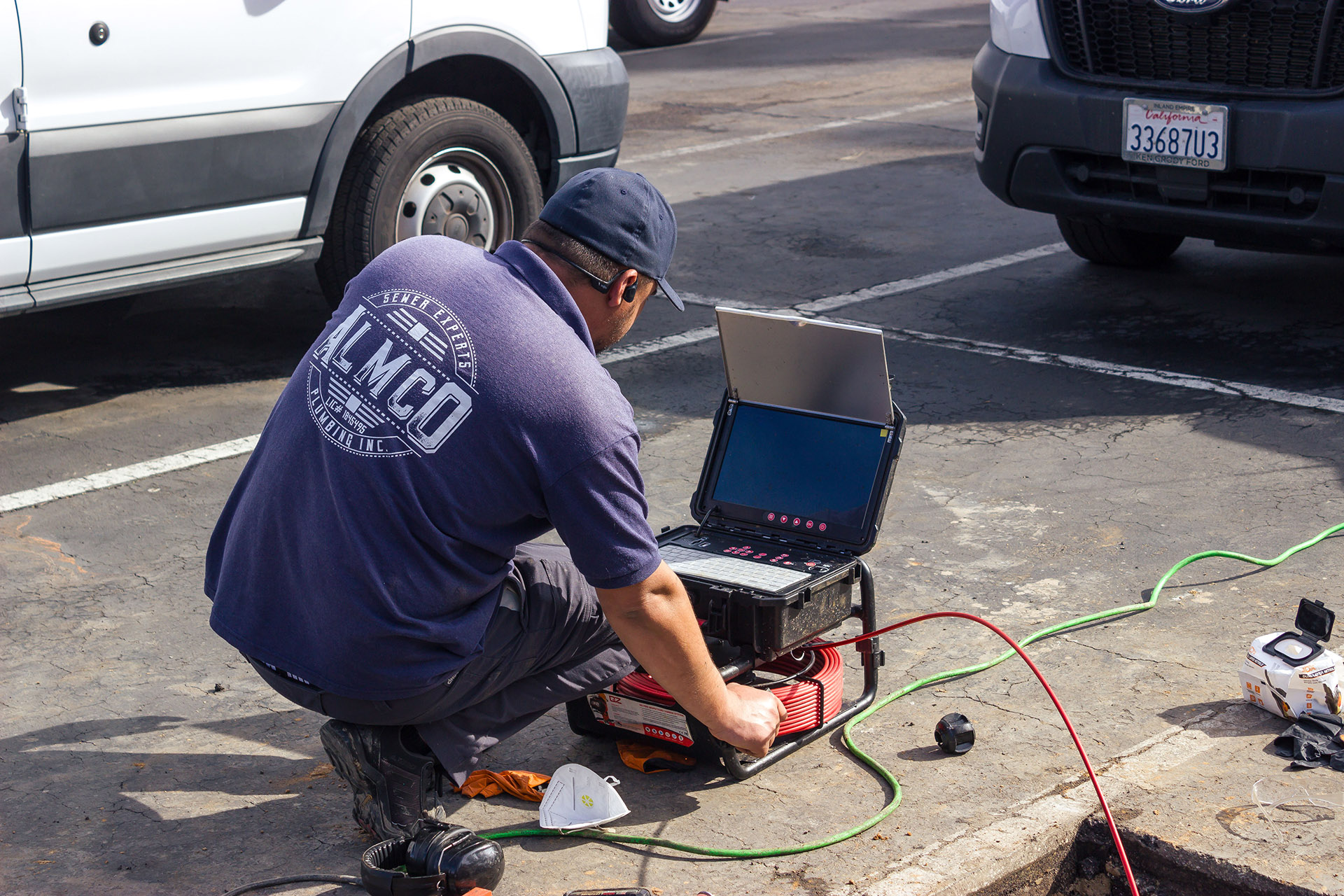
A camera inspection is performed to assess the condition of the pipe, identify damage, and determine the length of liner required. The pipe is cleaned to remove debris, buildup, and obstructions using a carbide chain descaler or, less commonly, other methods.
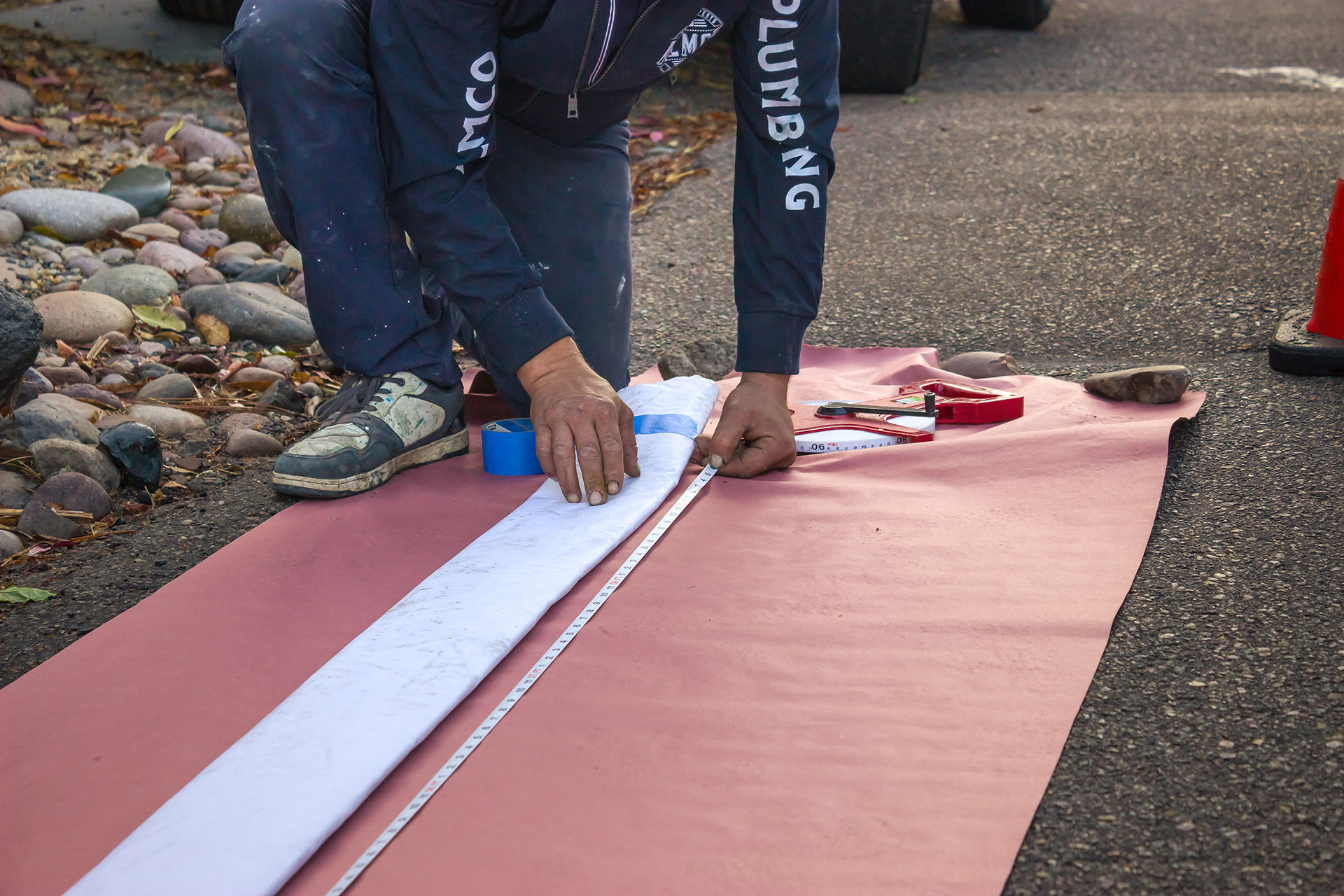
A flexible liner is measured and cut to the dimensions of the pipe section to be repaired. The liner is saturated with an epoxy resin to ensure even coverage for a strong and durable bond.
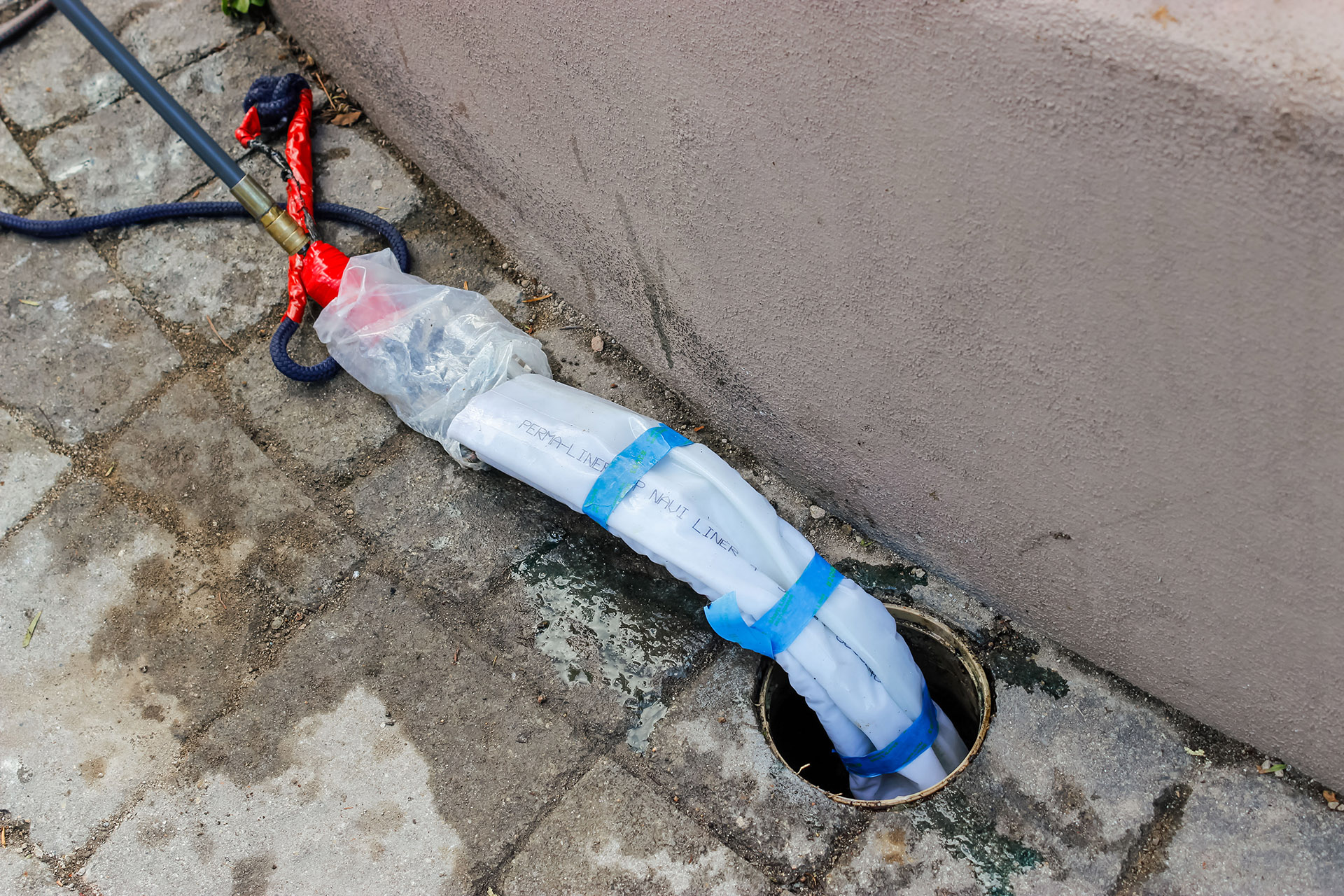
The resin-impregnated liner is inserted into the pipe through an access point. Pull cords or cables are used to accurately position the liner over the damaged area.
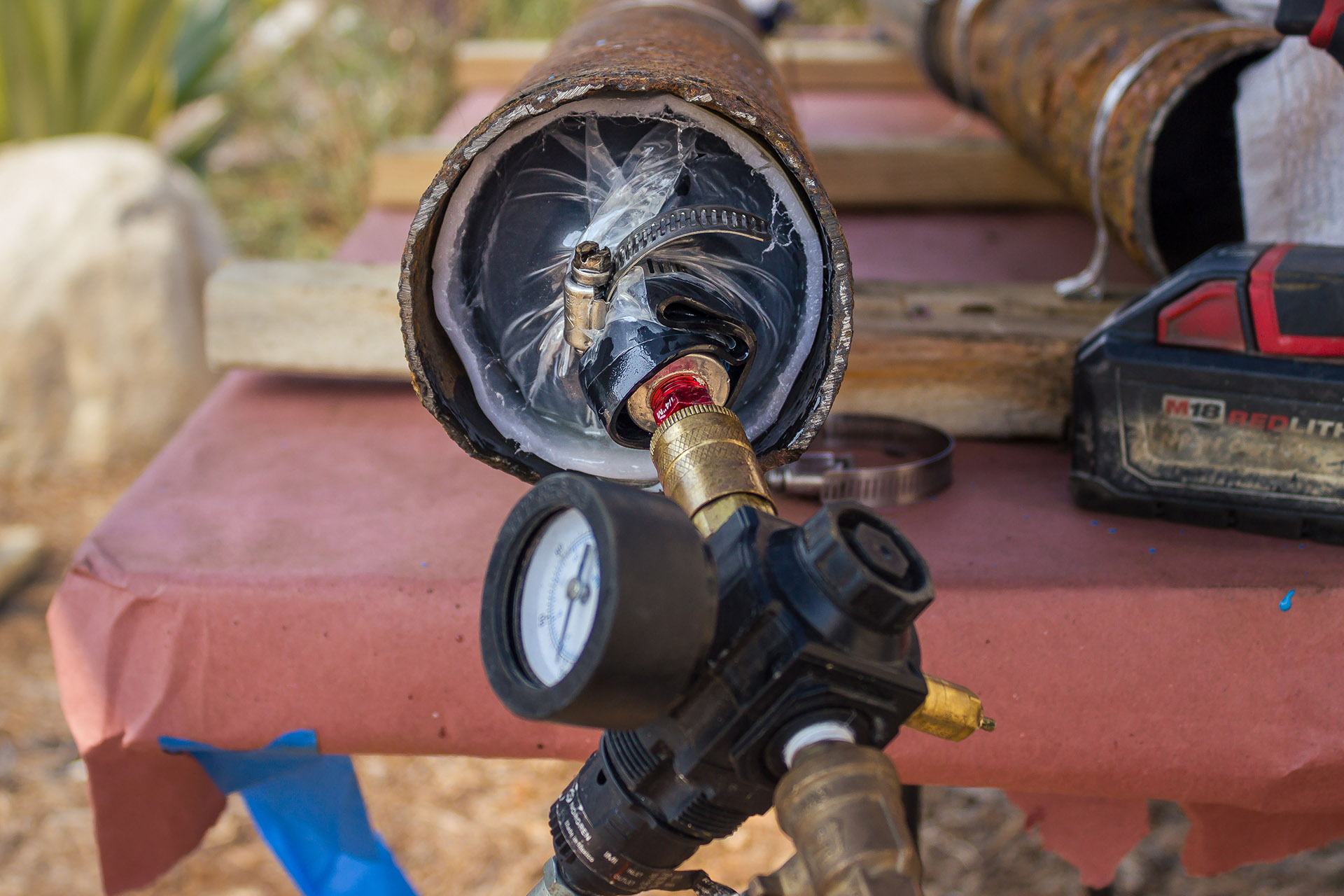
An inflatable bladder is inserted into the liner and inflated, pressing the liner tightly against the inner walls of the existing pipe. Depending on the type of resin, the liner is cured with ambient air, hot water, or UV light.
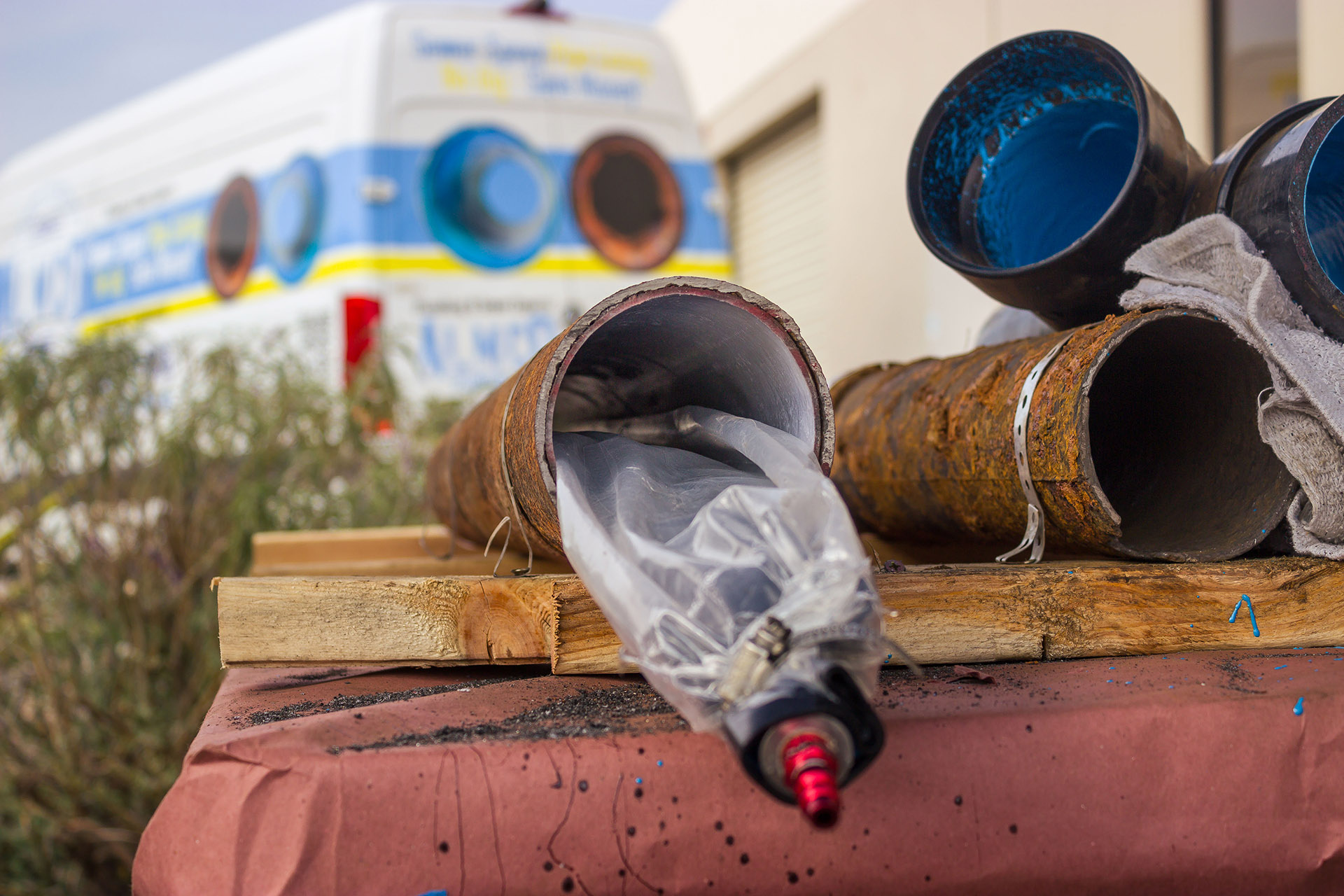
When the resin is fully cured, the bladder is deflated and carefully removed. A seamless, reinforced liner remains inside the pipe.
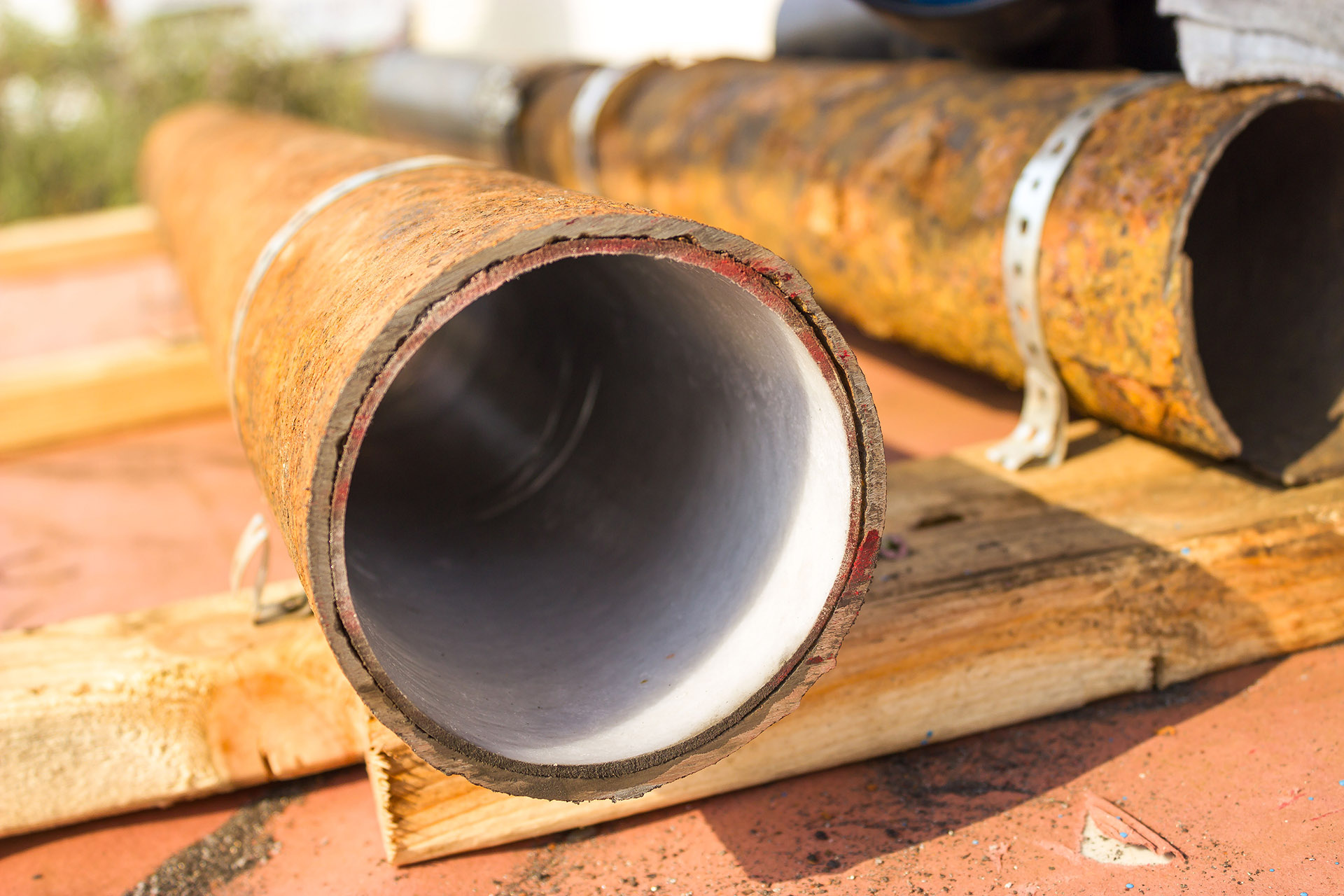
A final camera inspection is performed to ensure the liner is properly installed and the pipe is fully restored.
CIPP Pull-in-Place is a meticulous process that restores pipes to like-new condition without excavation. Almco Plumbing’s skilled technicians follow every step with precision to ensure quality results on every project.
